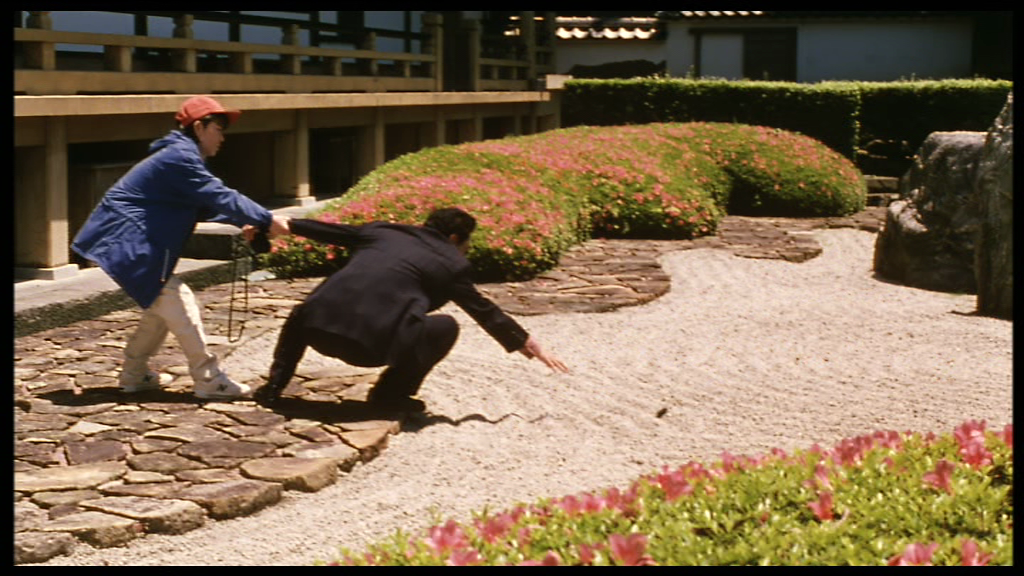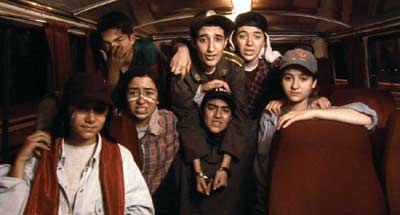《无问西东》 FOREVER YOUNG
https://movie.douban.com/photos/photo/2511528900/#title-anchor
Before I start to do the film scene analysis, I have something to say about this photo. As you can see there are some Chinese on the left top of this photo, it’s the name of this film. I’m sorry that I didn’t find out a better same photo of this film scene. If you don’t like it, please ignore it from your heart.
This film scene comes from a Chinese film called FOREVER YOUNG (无问西东), and it released in the last year. Above all, roughly to say, this film talks about three different stories happened on three different generations of university students of Tsinghua University in three different periods. The core of these three stories is love what you love, do what you do, follow your heart, and do not hesitate.
This film scene is from one of three stories, and the location of this classroom is in Tsinghua University in Beijing, China. As you can see, there are three big windows in the classroom, while the main sunlight/daylight comes into the room through these windows. Also, obviously the sunlight/daylight is the key light in this screen. It is very interesting that the windows area actually is already overexposure, which means the lights in this screen we can see from students’ faces and clothes should be very hard. However, the light is not very hard as we can see many details of students’ faces and clothes. Moreover, the overexposure light from the windows create a very dramatic visible feeling, in other words, it gives audiences the feeling of illusion and reality.
In exercise 3, we had two scene in the classroom, but the lights there were not as good as this film scene. Then after some time of speculation, I think there is a very important reason to control the amount and quality of sunlight/daylight in the room, which is the time. Firstly, this scene was shot in the winter, and in this season, from the point of view of geography, the intensity of light isn’t as strong as it in the other seasons. Secondly, the shooting time of this scene shall be in the morning because compared the sunlight/daylight in morning to that in afternoon, sunlight/daylight in the morning is softer. Thirdly, the windows are not directly facing to the South because this place locates in the Northern Hemisphere. In the end, I have a crazy idea of this scene, maybe they set many reflectors on the ground so the shadow reduced.
This film scene is definitely very useful and helpful for us to learn and investigate how to achieve this feeling and lights environment.


























